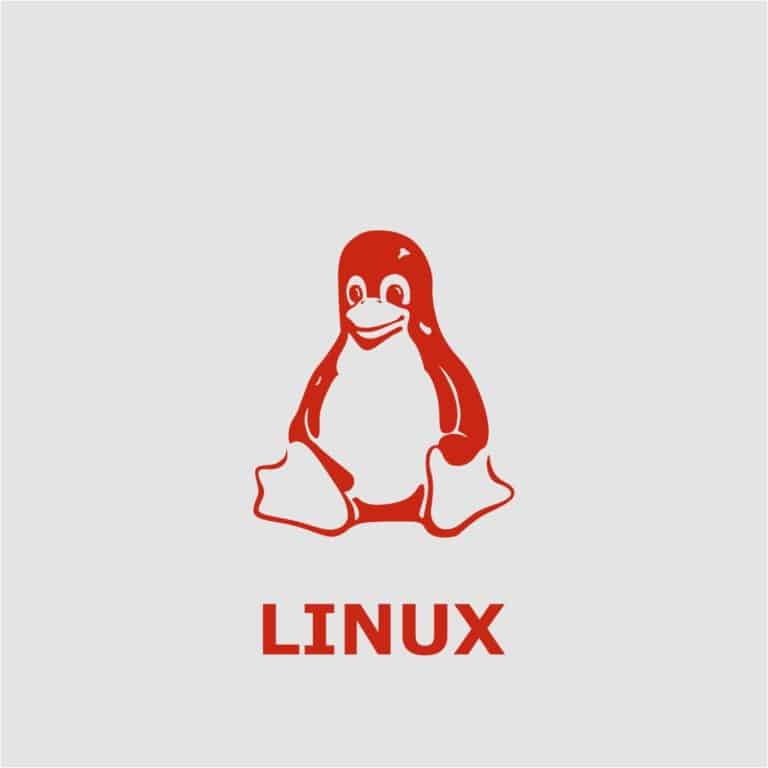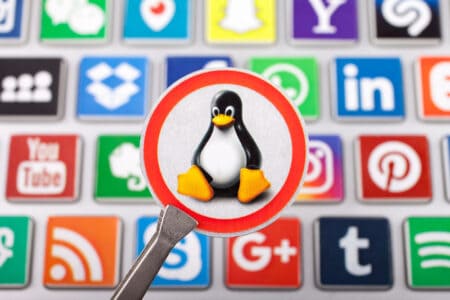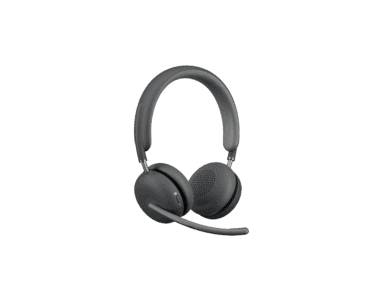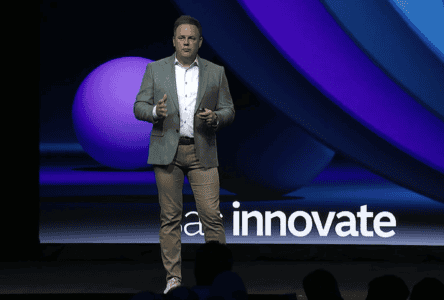The new kernel has many new features and supports a range of existing and new hardware. Wireless devices from Logitech are now better recognized and Linux 5.2 now supports the industrial Fieldbus Subsystem.
With Fieldbus support, Linux is taking another important step towards deeper integration into industries. Fieldbus is crucial for connecting various systems in industrial environments. Thanks to this support, the kernel can now communicate natively with instruments as part of a control system.
Two-step verification gets a big boost with the integration of the U2F Zero Driver. With this, Linux adds support to USB-based U2F tokens for online services that already use them today. The U2F driver also provides a hardware based Random Number Generator.
Nvidia Jetson Nano
The list of new additions in Linux 5.2 is long, but one of the most important additions is a more extensive support of Logitech peripherals. You can now better monitor battery status and do per-device key-mapping. Generic HID emulation was already possible in Linux, but with kernel 5.2 individual wireless devices are better supported.
AMD Ryzen devices also enjoy a better touch screen and touchpad experience. The upcoming Intel Comet Lake-chips (release sometime this summer) are recognized by Linux 5.2. Thunderbolt on older Apple hardware benefits from better support and improvements were made for Intel Icelake chips and ARM Mali chips.
Finally, you can now install Linux on a number of new single board computers including the Allwinner-based Orange Pi 3, the Rockchip-based Orange Pi RK3399, a number of NXP-based boards and the Nvidia Jetson Nano that we wrote about earlier. The latter is a small AI computer tailored to the IoT and edge applications. The chip (99 dollars) is available in a variant for use in devices but also as a developer’s board for enthusiasts or schools to work with.
This news article was automatically translated from Dutch to give Techzine.eu a head start. All news articles after September 1, 2019 are written in native English and NOT translated. All our background stories are written in native English as well. For more information read our launch article.

















